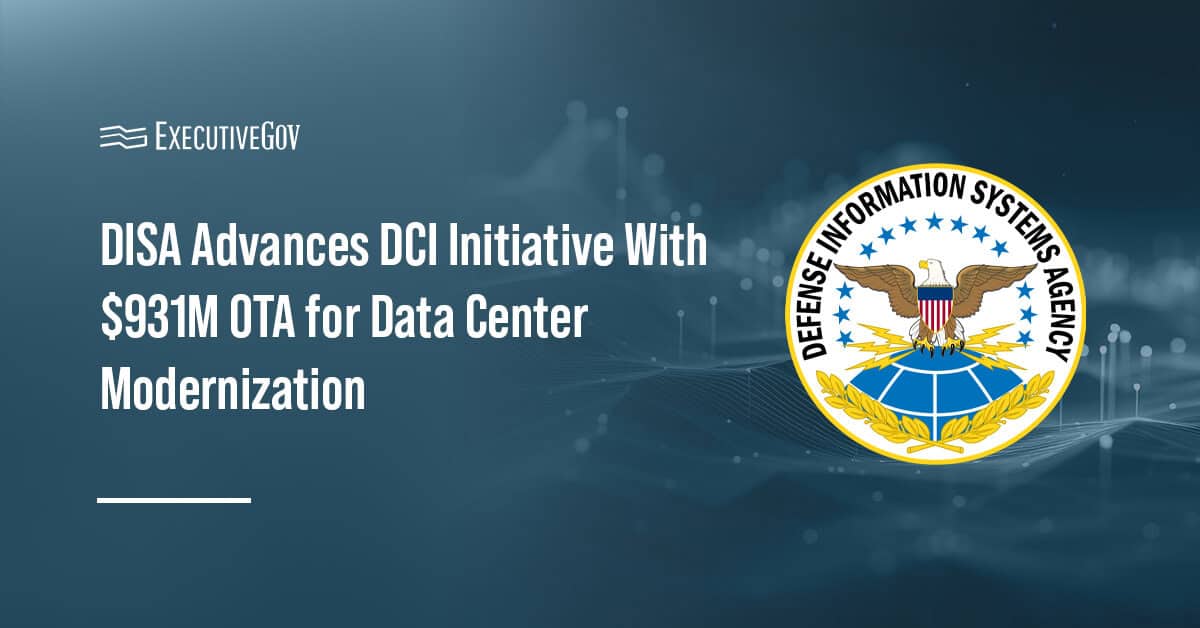The U.S. Navy has announced that the modernization effort for Arleigh Burke-class DDG 51 Flight III destroyers remains on track as the service branch moves to perform testing and integration activities for the vessels' ship systems.
Naval Surface Warfare Center (NSWC) Philadelphia Division is set to test the destroyers' hull, mechanical and electrical equipment to meet increased power and cooling requirements for the AMDR/SPY-6(V)1 air and missile defense radar, the service branch said Friday.
The Navy also installed AMDR arrays to initiate land-based tests for the destroyers' Aegis Combat Systems. Huntington Ingalls Industries (HII) is currently building Flight III destroyers, with the future USS Jack H. Lucas slated for activation and test activities.
The Navy seeks to equip DDG 51 with ballistic missile defense and anti-air warfare capabilities through the modernization effort.





